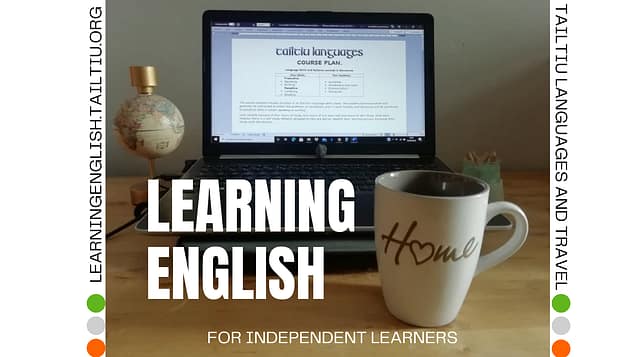Strategies to Tackle Cambridge gapped-text Exercises
Cambridge gapped-text exercises in exams like FCE Reading Part 6, CAE Part 7, and CPE Part 6 can be quite challenging. Here are some additional strategies and training suggestions to help students effectively tackle these exercises.

- Understanding the Overall Structure:
- Read the whole text first (without focusing on the gaps) to get a general idea of the content and structure.
- Identify the main idea or purpose of each paragraph.
- Contextual Clues:
- Look for contextual clues around the gaps. Pay attention to the sentences before and after the gap.
- Pronouns and references: Match pronouns with their antecedents. Look for nouns or noun phrases that pronouns refer to.
- Tense consistency: Ensure that the tenses in the options match the surrounding text.
- Linking Words and Phrases:
- Identify linking words (e.g., however, therefore, moreover) that indicate the relationship between sentences and paragraphs.
- Pay attention to sequence indicators (e.g., firstly, next, finally).
- Vocabulary Matching:
- Match key vocabulary in the options with similar or related words in the text.
- Look for synonyms, antonyms, or related terms that can connect the ideas smoothly.
- Logical Flow and Cohesion:
- Ensure the logical flow of ideas. The inserted sentence should make the text more cohesive.
- Check if the option completes the idea presented or introduces a logical progression or contrast.
- Consistent Style and Tone:
- Match the style and tone of the option with the rest of the text. If the text is formal, the option should not be overly informal, and vice versa.
- Practice with Past Papers:
- Regular practice with past papers helps students become familiar with the type of language and structure used in these exams.
- Timed practice can help students manage their time effectively during the exam.
Training Suggestions for Students
- Focused Reading Practice:
- Use texts from various sources and practice identifying main ideas, supporting details, and logical connectors.
- Encourage extensive reading to improve overall comprehension and familiarity with different writing styles.
- Analyzing Mistakes:
- After practice exercises, analyze the mistakes carefully. Understand why a particular option was incorrect and learn from these errors.
- Peer Review and Discussion:
- In pairs or groups, discuss possible options for the gaps and justify choices. This collaborative approach can help students see different perspectives and improve their analytical skills.
- Developing Prediction Skills:
- Before looking at the options, try to predict what kind of information or sentence might fit in the gap. This helps in understanding the logical progression of the text.
- Linker and Connector Exercises:
- Practice exercises focusing solely on linking words and connectors. Understanding these can significantly improve the ability to see the relationships between different parts of the text.
- Cloze Tests:
- Regularly practice with cloze tests (texts with multiple gaps) to enhance overall reading comprehension and the ability to understand context.
- Teach Explicit Strategies:
- Have explicit strategy lessons where you focus on each strategy individually and provide examples and non-examples. This can help solidify understanding.
By incorporating these strategies and training suggestions, students can develop a systematic approach to tackling gapped-text exercises, thereby improving their performance in exams like the FCE, CAE, and CPE.
Would you like to get some practice?
Click the button and go to a self-study lesson with training and strategies on
